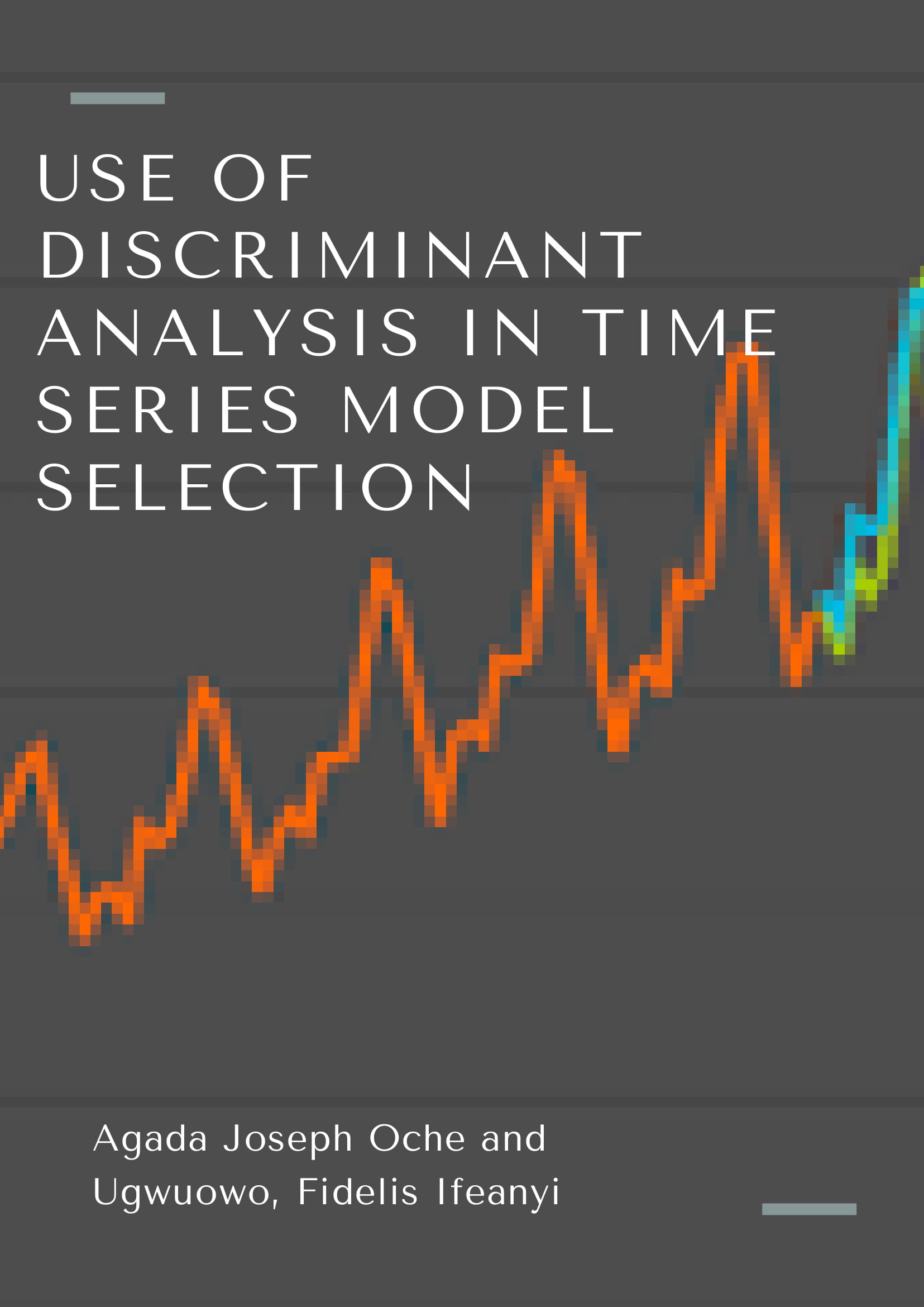Use of Discriminant Analysis in Time Series Model Selection
Keywords:
Time series, model selection, ARMA model, discriminant analysis, simulated dataAbstract
Authors: Agada Joseph Oche and Ugwuowo, Fidelis Ifeanyi
A systematic approach to time series model selection is very important for reduction of the uncertainties associated with highly subjective and inaccurate method currently being used. Information criteria as a measure of goodness of fit have been criticized because of its statistical inefficiency. In this paper, we develop a rule using discriminant analysis for classification of a time series model from a finite list of parsimonious ARMA (p,q) models. A discriminant function is developed for each of the six alternative ARMA(p,q) models using fifty sets of simulated time series data for each model. An algorithm is developed for the evaluation of discriminant scores and model selection. The selection rule is based on the highest discriminant score among the six alternative models. The method was applied to a real life data and thirty sets of simulated data. The real life application resulted in correct model selection while the simulated data gave 93% correct classification.

Downloads
Published
Issue
Section
Similar Articles
- V. A. Ezekoye, Generation and Storage of Biogas Produced from the Mixture of Cassava Peels and Cow Dung , Communication In Physical Sciences: Vol. 1 No. 1 (2010): VOLUME 1 ISSUE 1
- Charles German Ikimi, Ijeoma Cynthia Anyaoku, Maryann Nonye Nwafor, Biomarker Potentials of Postmortem Vitreous Biochemical Parameters For Resolving Disputed Causes of Death by Drowning Using Animal Models , Communication In Physical Sciences: Vol. 12 No. 2 (2025): VOLUME 12 ISSUE 2
- Rashida Adamu Bulkachuwa, Bello Y. Idi, Musa Muhammad Salihu, Abdullahi Lawal, Salisu Tata, Evaluation of Excessive Lifetime Cancer Risk Due to Gamma Radiation on Rocks in Shira Village, Bauchi State Nigeria , Communication In Physical Sciences: Vol. 11 No. 4 (2024): VOLUME 11 ISSUE 4
- I. O. Isaac, Synthesis Of Pharmacologically Active Hexahydroacridine-1,8 (2H, 5H)-diones using Nickel (II) Flouride Tetrahydrate as a New Heterogeneous Catalyst , Communication In Physical Sciences: Vol. 5 No. 2 (2020): VOLUME 5 ISSUE 2
- Humphrey Sam Samuel , Emmanuel Edet Etim, John Paul Shinggu, Bulus Bako, Machine Learning in Thermochemistry: Unleashing Predictive Modelling for Enhanced Understanding of Chemical Systems , Communication In Physical Sciences: Vol. 11 No. 1 (2024): VOLUME 11 ISSUE 1
You may also start an advanced similarity search for this article.



